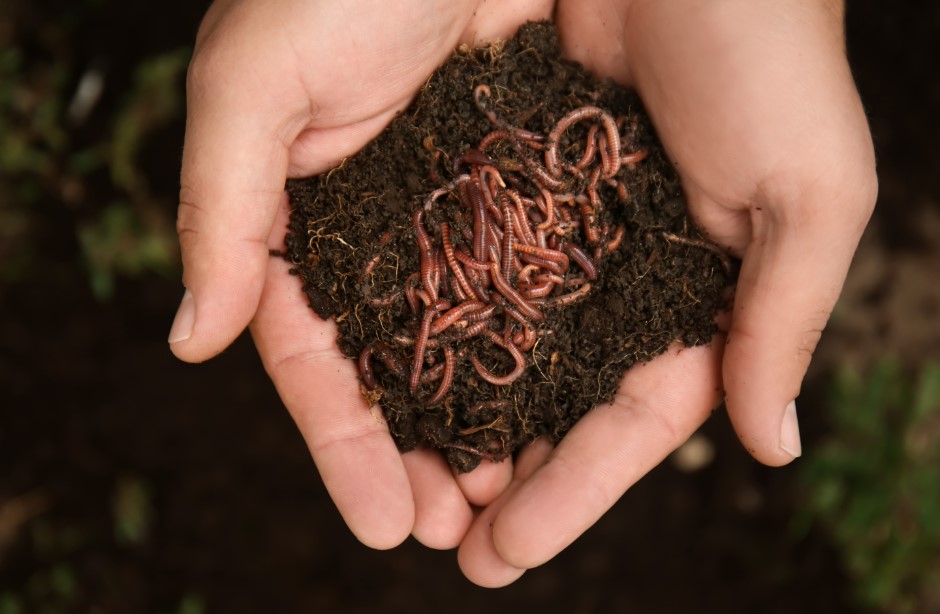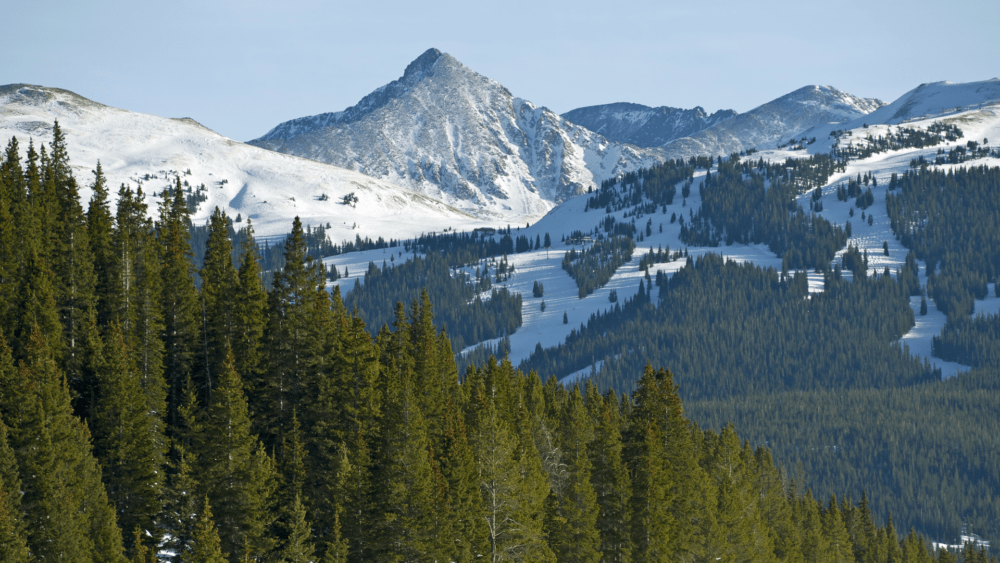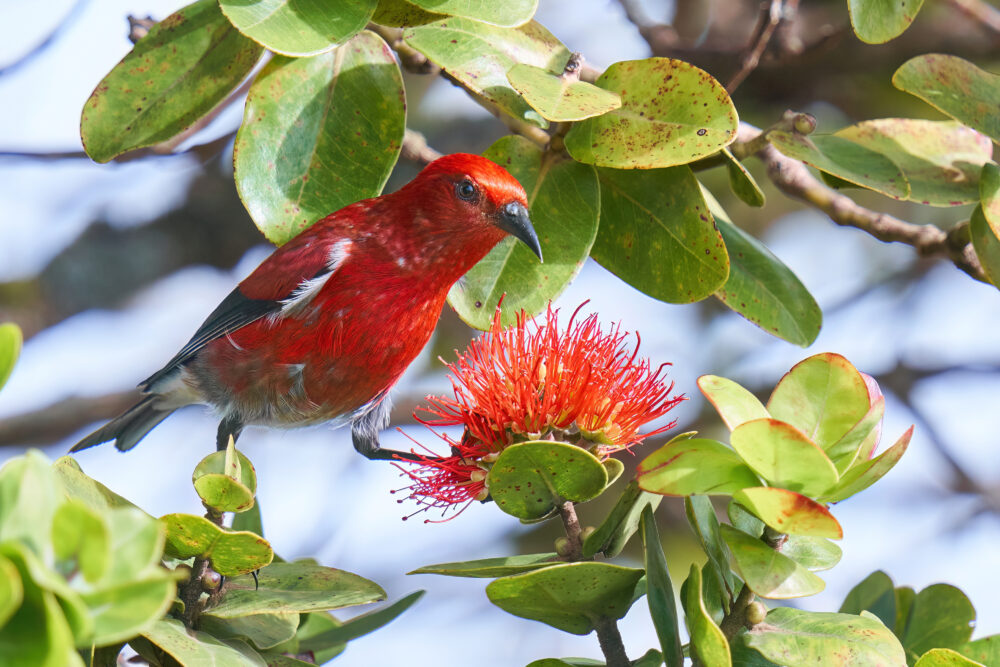We have much more to do and your continued support is needed now more than ever.
Struggling Moose Now Face a Toxic New Threat
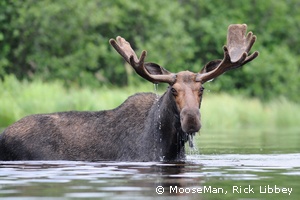
Habitat at Risk
Now, moose in the Northeast and Upper Midwest are facing a deadly new threat: toxic tar sands oil spills in the waters where they feed.
Big Oil is proposing to pump up to 300,000 barrels of tar sands oil per day through pristine moose habitat in New England. The proposed route would run across or near vital waterways such as the restored Androscoggin River, Sebago Lake and the Connecticut River. Moose are also in jeopardy in Minnesota where an oil pipeline is slated to increase transport to up to 850,000 barrels per day of this dirty oil through the forests they inhabit.
Protecting Moose from a Tar Sands Pipeline Spill
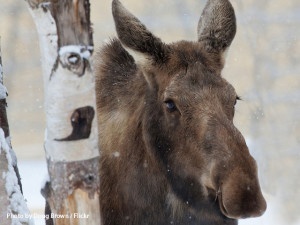 When a pipeline carrying tar sands oil ruptures, the poisonous sludge spewing into the water spreads quickly and is almost impossible to clean up—a heartbreaking lesson learned in Michigan’s Kalamazoo River, where toxic oil lingers and wildlife is still suffering from a pipeline spill three years ago.
When a pipeline carrying tar sands oil ruptures, the poisonous sludge spewing into the water spreads quickly and is almost impossible to clean up—a heartbreaking lesson learned in Michigan’s Kalamazoo River, where toxic oil lingers and wildlife is still suffering from a pipeline spill three years ago.
But, we can help prevent a similar tragedy from destroying thousands of acres of sensitive wildlife habitat and taking a toll on moose and other wildlife by stopping tar sands pipelines.
Wildlife advocates like you have stood strong over the past year with communities like South Portland, Maine who are saying “no to tar sands” and “yes to wildlife”. With your help, we can press federal officials to deny Big Oil’s plans and keep tar sands from polluting the rivers, streams and ponds that moose and other wildlife depend on.














